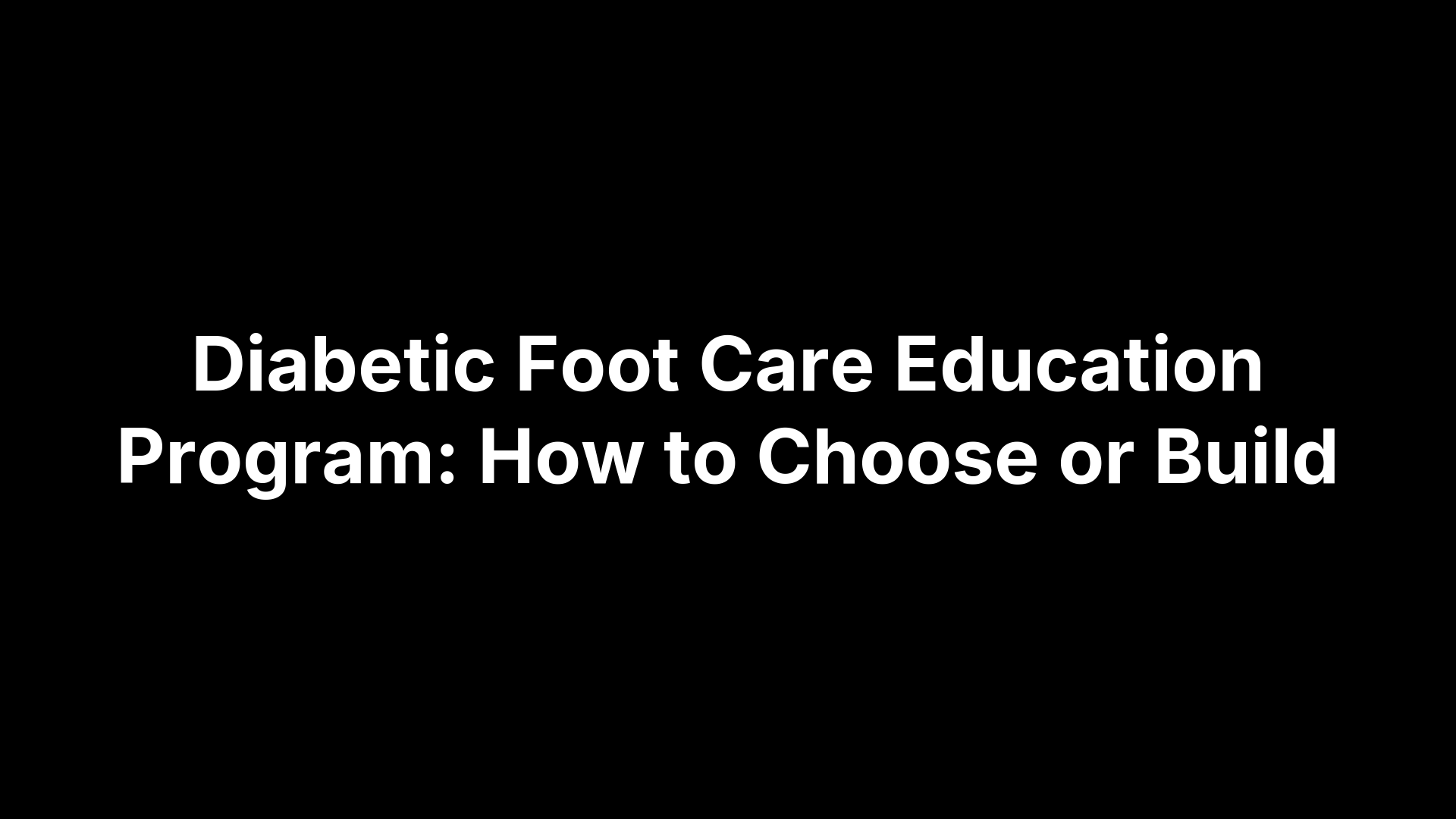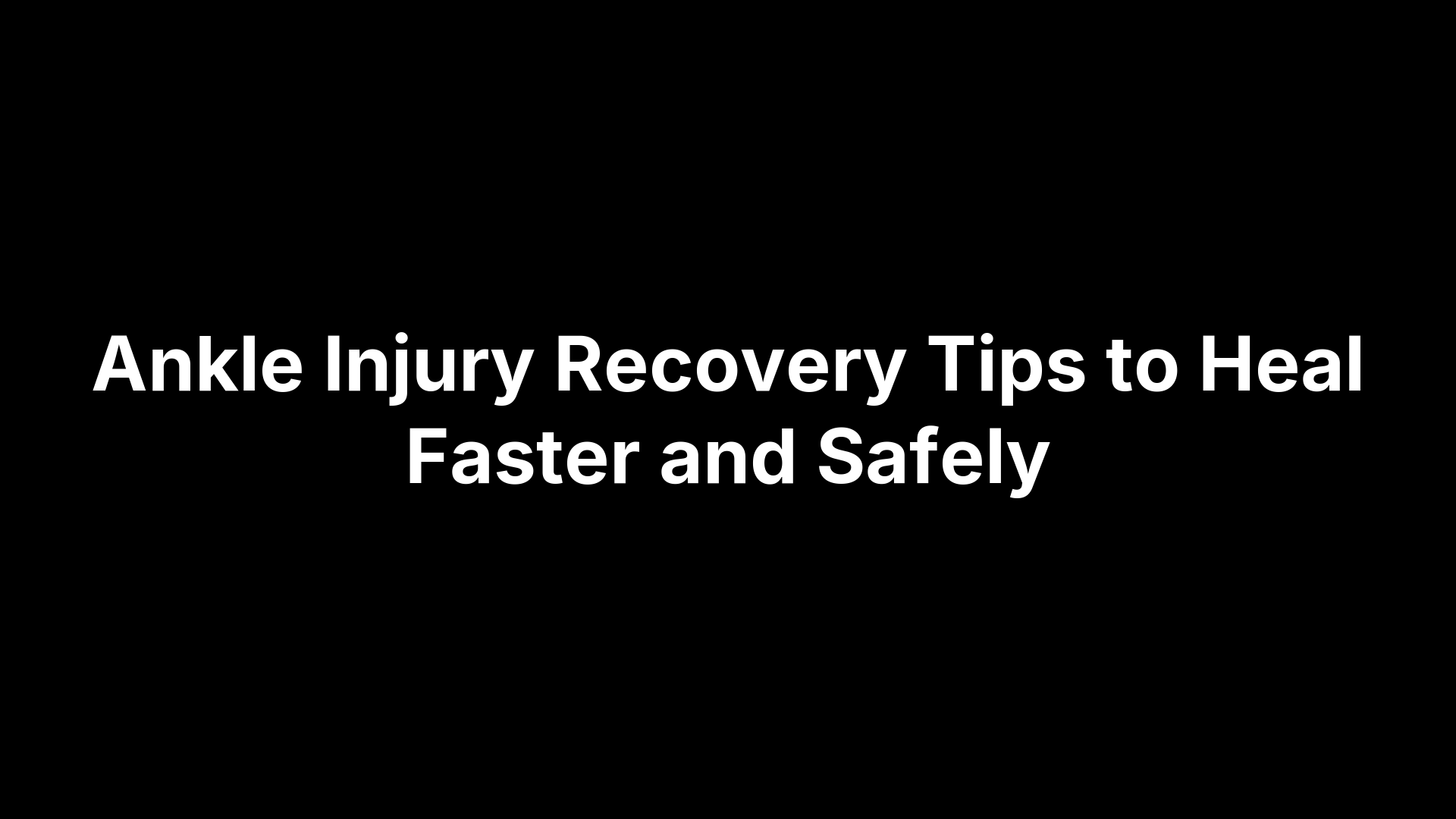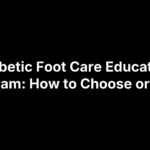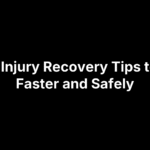A heel spur is a small, pointed bony growth on the underside of your heel bone where the plantar fascia (the ligament that supports your arch) attaches. It develops over time from repeated strain. Many people never feel the spur itself; the sharp “first-step” pain most people blame on a spur is usually from plantar fasciitis—an irritated plantar fascia—not the bone. Either way, heel pain can turn every step into a reminder.
This guide shows you how to treat heel spurs safely and effectively, starting with proven home strategies and moving through medical options if you need them. You’ll get clear answers on causes and risk factors, what aggravates heel pain (and what to avoid), the most effective stretches and exercises, footwear and orthotics that help, medication and injection pros and cons, physical therapy and other non-surgical choices, when surgery makes sense, how long recovery takes, and prevention tips. First up: what causes heel spurs and who’s at risk.
What causes heel spurs and who is at risk
Heel spurs form gradually as your body lays down extra bone where the plantar fascia pulls on the heel, usually after months of stress, microtears, and inflammation. You’re more likely to develop them if you run or jump (especially on hard surfaces), have gait abnormalities, wear worn or unsupportive shoes, carry excess weight, or stand for long periods. Risk also rises with age (40–60), tight calf muscles, flat feet or high arches, and conditions like diabetes.
Heel spur symptoms and how the pain typically feels
Most heel spurs don’t hurt on their own; the classic pain comes from plantar fasciitis. People usually describe a sharp, stabbing pain under the heel with the first steps in the morning or after sitting, which eases as you move but can return later in the day. Tenderness is typically on the bottom of the heel, just in front of the bone, and discomfort often flares after—not during—exercise.
- First‑step pain: Sharp on rising or after rest.
- Spot of pain: Bottom of heel, slightly forward of the bone.
- Activity pattern: Eases with short walking, returns after standing or later in the day.
What aggravates heel spurs (and what to avoid)
Heel spur pain flares when the plantar fascia is overloaded. Repetitive impact, hard surfaces, and poor support are common triggers. While you’re healing, avoid the following—they can quickly undo the benefits of rest, stretching, and better footwear.
- High‑impact running/jumping: Especially on hard surfaces.
- Sudden activity spikes: Big increases in mileage or standing time.
- Unsupportive/worn shoes: Thin soles or poor arch support.
- Barefoot on hard floors: Tile or hardwood magnifies strain.
- Prolonged standing: Long shifts on hard surfaces.
- Tight calves/limited ankle motion: Skipping calf and plantar fascia stretches.
Heel spurs vs. plantar fasciitis: how they’re related
Heel spurs and plantar fasciitis often show up together, but they aren’t the same. Plantar fasciitis is irritation of the plantar fascia; a heel spur is extra bone at its attachment created by long‑standing traction. Most heel pain comes from plantar fasciitis, not the spur—many people have spurs with no pain. That’s why the most effective way to treat “heel spur pain” is to treat plantar fasciitis: reduce impact, stretch calves/plantar fascia, and support the arch. Spur removal is rarely needed.
How heel spurs are diagnosed
Diagnosis starts with a focused foot exam: your provider pinpoints tenderness just in front of the heel bone, checks ankle dorsiflexion/calf tightness, foot arch, gait, and rules out mimics like Achilles insertional issues, nerve entrapment, or calcaneal stress fracture. An X-ray can confirm a heel spur and helps exclude fractures or arthritis, but the spur isn’t usually the pain source. Advanced imaging (ultrasound/MRI) isn’t routine—it’s reserved for persistent, atypical, or unclear cases when other problems are suspected.
Your quick-start home care plan for heel spur pain
Start today with a simple routine that calms inflammation, unloads the plantar fascia, and protects your heel so it can heal. Here’s how to treat heel spurs at home while addressing the real driver—plantar fasciitis.
- Dial down impact: Pause running/jumping and long periods of standing; switch to cycling or swimming.
- Ice smart: 15–20 minutes, 3–4 times daily; roll your arch over a chilled water bottle.
- Support every step: Wear cushioned, supportive shoes; add soft silicone heel pads or OTC arch-support inserts; avoid going barefoot on hard floors.
- Use OTC meds wisely: Ibuprofen or naproxen as directed if appropriate; don’t use longer than a month without medical guidance.
- Tame morning pain: A night splint keeps the fascia gently stretched overnight.
- Consider taping/strapping: Temporarily supports stressed tissues.
- Stretch daily: Calf and plantar fascia stretches (see next section). If pain lasts beyond a month, get evaluated.
Stretches and exercises that relieve heel spur pain
Gentle, consistent stretching reduces pull on the plantar fascia and eases heel spur pain. These two evidence-based moves are your foundation. Go slow, hold steady (no bouncing), and aim for a firm stretch—not sharp pain. Work them into your morning routine and after activity for best results.
-
Calf stretch: Stand facing a wall. Place the painful-side leg back with the knee straight and heel flat; front knee bent. Lean hips toward the wall until you feel a strong calf pull. Hold 10 seconds; relax. Repeat 20 times per foot.
-
Plantar fascia stretch: Sit and cross the painful foot over the opposite knee. Grasp your toes and pull them toward your shin (use a towel around the big toe if needed) until you feel the tight band under the arch. Hold 10 seconds. Repeat 20 times—ideally before your first steps in the morning.
Footwear, orthotics, and heel pads that help
Footwear and inserts do much of the work in how to treat heel spurs. Support reduces tug on the plantar fascia and cushioning softens impact. Wear supportive athletic shoes consistently and add either an OTC arch‑support insert or a soft silicone heel pad.
- Firm arch support: A contoured footbed helps unload the fascia.
- Cushioned heel/midsole: Shock absorption eases pain at heel strike.
- Rigid heel counter: Controls motion; avoid flimsy, worn‑out shoes.
- Soft silicone heel pads: Cushion and slightly elevate the heel.
Avoid going barefoot on hard floors and replace worn shoes; consider custom orthotics if OTC options don’t resolve pain.
Medications and injections: options and cautions
As you plan how to treat heel spurs, medications and targeted injections can quiet pain while you work on stretching and support. Start with simple, proven options and reserve injections for persistent symptoms after several weeks to months of conservative care, guided by your podiatrist and medical history.
- OTC NSAIDs (ibuprofen, naproxen): Reduce pain/inflammation; use as directed; discuss use beyond 1 month.
- Acetaminophen: Pain relief option when NSAIDs aren’t appropriate.
- Corticosteroid injection: Short-term relief; may weaken fascia and rarely cause rupture—so use is limited.
- Platelet-rich plasma (PRP): Own-blood injection to promote healing; not linked to fascia rupture like steroids; costly; evidence still evolving.
Physical therapy and other non-surgical treatments
Targeted physical therapy helps calm irritation, correct mechanics, and build resilience so the plantar fascia is pulled less with each step. Expect a focus on flexibility, support, and gradual loading. With consistent care, more than 90% of people improve within 10 months.
- Guided stretching and loading: Calf/plantar fascia stretches plus progressive strengthening and gait tweaks.
- Manual therapy and taping: Massage, ice techniques, and low-dye taping to offload the fascia.
- Clinic modalities: Select use of therapeutic ultrasound, electrical stimulation, or contrast baths to reduce symptoms.
- Night splints: Maintain a gentle stretch overnight to ease first‑step pain.
- Short-term rest supports: A walking boot or brief casting for stubborn cases; ESWT is sometimes tried before surgery but results are mixed; ultrasound-guided tissue debridement is a minimally invasive option for persistent cases.
When does surgery make sense—and what to expect
Surgery is a last resort. It’s considered after 9–12 months of consistent, well‑done conservative care without relief or when exam/imaging points to a fixable problem. Procedures reduce traction on the fascia: partial plantar fascia release, often with gastrocnemius recession for tight calves; a large spur may be shaved during the same surgery, but removal alone rarely helps. Expect a short period of protected weightbearing and gradual activity progression. Risks include nerve injury, persistent pain, instability, infection, and scarring.
Recovery timeline: how long it takes to feel better
Recovery is gradual. Most people improve in several months with conservative care, and over 90% get better within 10 months. The spur won’t vanish, but daily stretching, supportive footwear, and activity changes calm the fascia. Consistency—not a single treatment—drives results.
- If pain lasts beyond 1 month, see a provider.
- Non-surgical care is usually tried 9–12 months before surgery.
- After surgery, expect brief protected weightbearing and a gradual return.
Prevention tips to keep heel pain from coming back
Prevention is a daily practice. The same habits that calm plantar fasciitis—and the heel‑spur pain it triggers—also keep it from returning. Focus on limiting impact, keeping calves and the plantar fascia flexible, and supporting your arch with every step.
- Supportive shoes: Wear supportive, cushioned shoes; replace when worn; no barefoot on hard floors.
- Arch support: Use OTC inserts or custom orthotics.
- Daily stretching: Calf/plantar fascia; consider a night splint.
- Smart activity: Increase gradually; favor soft surfaces; cross‑train; break up long standing.
- Healthy weight: Reduces load through the heel.
When to see a podiatrist or seek urgent care
If heel pain keeps hijacking your day, don’t wait for it to “just go away.” See a podiatrist if you’re unsure how to treat heel spurs at home or if symptoms linger despite rest, ice, stretching, and supportive shoes. Early evaluation rules out issues like stress fracture or nerve entrapment and speeds safe relief.
- Make an appointment if: Pain lasts over 1 month or keeps returning, or it limits work/sports.
- Seek urgent care if: You can’t bear weight, you have sudden severe pain after an injury, or there’s significant swelling/bruising.
- See a specialist sooner if: You have diabetes or notable foot deformity.
Myths and facts about heel spurs
Heel pain attracts myths, and following them can waste weeks. Use these truths to guide how you treat heel spurs and stay on track.
- Myth: The spur causes pain. Fact: Plantar fasciitis usually does; many spurs don’t.
- Myth: Spurs disappear. Fact: The bone stays; treat the fascia; removal is rare.
- Myth: Only runners get them. Fact: Age, weight, foot shape, hard floors, and poor shoes raise risk.
- Myth: Pain means surgery. Fact: 90%+ improve without it; consider it after 9–12 months.
Key takeaways
Heel spurs are bony growths that often don’t hurt; the real culprit behind most heel pain is plantar fasciitis. Most people improve without surgery through load management, daily stretching, and arch support—typically within months. If symptoms persist or you’re unsure what to do next, a podiatrist can personalize care and rule out other causes. Ready for expert help in Central Virginia? Schedule with the Achilles Foot and Ankle Center.
- Treat the fascia—not the spur—to relieve pain.
- Quick-start: reduce impact, ice 15–20 minutes, support every step, stretch daily, consider night splints.
- Don’t: go barefoot on hard floors, wear worn shoes, or spike activity.
- Meds/injections: short-term NSAIDs; cautious steroids; PRP is optional and evolving.
- See a specialist if pain >1 month, limits activity, or urgent red flags appear.






